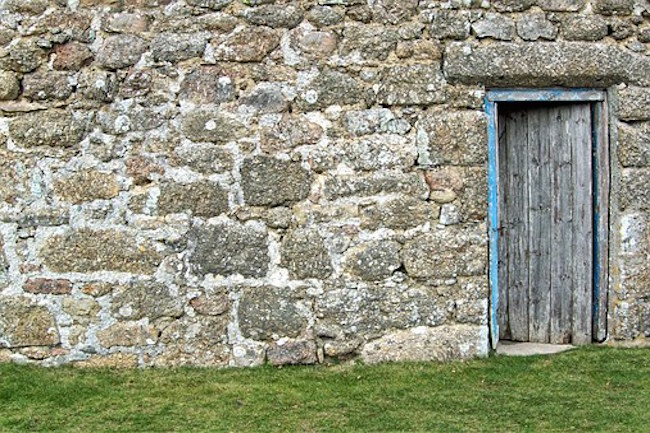How to Create a Prepper Hideout by Jeff Thompson for The Organic Prepper
It’s strange to even think of writing a piece about creating prepper hideouts in “The Land of the Free.” Sadly, that freedom has long ago died a bloody death. I think we’re getting much closer to an America akin to the late 1930s Germany. Other countries throughout the world (Australia comes to mind) are already there.
For those who are thinking a “we need to hide our Jewish neighbors” type scenario could quickly unfold again, I’d like to take a moment to give some of my thoughts on how to create a prepper hideout. We need only look at the venom and animosity that is being directed at the unvaccinated to see that this might actually become a necessity in our lifetime.
A hideout is different than a bug-out location, a survival cache, or a safe room. It’s meant to house a person or group of people secretly in the event they are targeted for some reason. Where you will locate this space will vary based on your home, your geography, and other factors.
Let’s talk about what a prepper hideout requires, and what we can glean from history.
The first things a prepper hideout requires are food and water
Without a doubt, this needs to be your #1 priority. Read through any of the diaries of those trapped in Nazi-occupied territory throughout World War II. You’ll see just how large of a presence hunger played in their daily lives. You have to have ample food stores for these environments. Without food, you cannot stay in a hideout for long.
Water is even more critical. Although a person can technically survive three days without water, your motor skills and mental capacity will diminish on the first day. Here’s an article on calculating how much water to store.
In addition to food, you need to consider a way to open cans and a hidden means of cooking food. Can-openers easily solve the first problem. A plug-in stovetop is liable to be the best means of providing the second. Another option is storing food that doesn’t have to be cooked at all.
Plug-in stove units aren’t going to have the massive energy draw of a real stove. If an energy allotment is in place and people are punished for breaking electricity rationing rules, you may want to consider one of these. Plug-in stoves genuinely don’t take up much space and can quickly heat a pot full of chili. I usually use mine to heat a water pot to scald chickens before plucking. A plug-in stove will permit you to enjoy a hot meal. You’d be amazed how much this can help morale.
Adequate nutrition is vital
As far as adequate nutrition goes, it may be wise to consider stocking some vitamins and Metamucil. Vitamins will help offset any micronutrient deficiencies encountered when living off of food stockpiles. At the same time, Meta-mucil will help eliminate constipation worries. While that may sound laughable, consider that many long-term storage food items out there are very low in fiber (MREs come to mind). If that’s what you will be regularly eating, life will quickly grow even more miserable.
The hideout will need to be somewhat self-sufficient
You may assume that it will be easy to keep the hideout resupplied. From a historical standpoint, I don’t think that solely relying on runners has proven to be a fool-proof method. Runners often fall upon their own set of troubles, whether that be fear of surveillance, illness (this happened to one of Anne Frank’s resupply men), weather, or a multitude of other reasons.
To think that you can act as a runner for a hideout daily is naïve. There must be adequate supplies for at least a week stored at the location in case the runner becomes unavailable.




